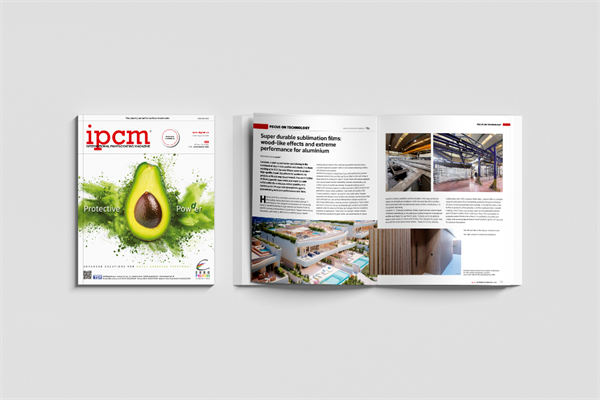
Read the latest issue of the magazine dedicated to surface treatments and organic and inorganic finishes: special issue on aluminium!
In recent years, companies have had to deal with a series of events that have completely (both positively and negatively) disrupted long-established industrial paradigms.
The fourth industrial revolution, characterised by the extensive use of automation, data, and artificial intelligence, is now transitioning to Industry 5.0’s new collaborative model, which integrates the human dimension and environmental and social sustainability with the most advanced technologies.
The 2021–2023 global supply chain crisis, triggered by the pandemic but rooted in the very essence of globalisation, which had been creating a very fragile system, has led to a new type of globalisation that is less integrated and more regionally-focused and in which political stability and supply security are as important as production costs. The challenge for many industries will be to adapt to a shorter, more expensive, but also potentially safer supply chain.
The shift in trade corridors, as demonstrated by data for 2021-2023, is leading to a gradual decoupling between the West and China, with an increase in trade between the EU and North America with India and other countries in the Global South, as well as a gradual relocation of production to closer and politically stable countries (‘reshoring’, ‘friendshoring’, ‘nearshoring’). To make matters worse, tariffs introduced as instruments to protect national markets are adding further pressure.
In short, globalisation is becoming more expensive: what was once a competitive advantage is now an economic risk that must be carefully managed.
At the same time, sustainability is no longer an option but an imperative, especially in traditionally energy-intensive sectors or those with complex processes, such as the surface treatment industry. The question then arises: is the market ready to pay the price?
Companies worldwide need to act on multiple fronts: increasing operational efficiency and flexibility, customising products, reducing costs and environmental impact, optimising the supply chain, improving workplace safety, creating quality job opportunities in line with the demands of the younger generation, and accelerating technological innovation.
The real challenge, however, is to transform these costs into opportunities, providing the market with tangible and perceivable value by turning them into profitable investments and weathering market fluctuations.
While these are all complex issues that I have only been able to touch upon briefly due to space constraints, they are clearly and articulately explored in the following pages, where you will also find a detailed analysis of the geopolitical scenario and the redefinition of trade routes and supply chains by ChemQuest, a global consulting firm specialising in the specialty chemicals and materials sector.
This issue is also particularly rich in international content thanks to ipcm®’s numerous missions abroad, the latest of which were to India and the United States, for the Surface & Coatings Expo in Chennai and Fabtech in Chicago, respectively.
In India, we encountered a dynamic market, buzzing with excitement and thirsty for technical knowledge and industrial culture; amidst the myriad contradictions of this country, we visited advanced industrial facilities with products of the highest quality. In the States, we witnessed the emergence of increasingly close commercial relationships and partnerships between US and European companies, overcoming the barrier of tariffs through expertise, technology, and value propositions.
READ THE MAGAZINE!